sarvanyetani dharmani ksatre bharata sattam,
nirashishe jivaloke dharmem vyavasthitaha;
majjet trayi dandanitau hatayam sarvem dharma prakseyeyurvi rudadhaha,
sarvem dharmashchshramanam hataha syuhu ksatre tyakte rajadharmem purane.-Mahabharat (Shanti Parva, 64//28)
In most people's minds, Delhi is associated with the successive Turkic and Afghan dynasties which ruled in the area from the end of the twelfths century of the common era to the formalisation of British power in 1857. There are passing references to the successive Rajput regional states that made Dilli their headquarters prior to the Ghori conquest but the proto-historic origins of the city as narrated in the Mahabharata are usually seen as legendary and their veracity questioned, even though the epic is described as an itihasa as well as a lokavrtta and has both a historical and a philosophical or allegoric character.
Yet the uninterrupted continuity of the traditions and records that affirm the identity of Dilli (and of the Purana Qila specifically) with Indraprastha, and the archaeological and architectural remains which dot the urban region should not leave any room for doubt since even the graeco-egyptian Ptolemy in the second century CE located two towns, called respectively Daidala and Inderpat on the map of north western India, as subsequent geographers and chroniclers also did right until the foundation of New Delhi by the British Raj. Successive conquerors, including the monarchs of Great Britain and their viceroys claimed explicitly or implicitly the glorious imperial legacy of the house of Kuru and of the Pandava brothers who belonged to it. Early Buddhist texts list Indrapatta as the royal seat of one of the mahajanapadas and as a pilgrimage magnet where relics of Gautama Buddha were kept. For Hindus, Indraprastha was a tirtha as the hallowed status of Nigambodh Ghat on the Yamuna illustrates.
Complementing its historic and religious significance, Indraprastha was above all, as the site of Dharmaraja Yudhisthira's rajasuya a political and strategic centre, inhabited since the Paleolithic age and easy to fortify, located as it was between the Aravalli ridge and the river. It is on the major ancient route that connects the Gangetic plain to the north western passes of the Hindu Kush, lying to the south of the 'Aryan cradle', the Brahmavarta or ilaspada of Kuruksetra, part of the original land of Adityas and Devas which the Avestan texts call the varena, close enough to the famous 'Karnal Breach' through which most foreign invaders came in and where great battles (Tarain, Panipat) took place since times immemorial. The nearby, now dried out Sarasvati led to the commercially thriving Gujarat and Sindh seashores while the southern land route, to Mathura and beyond, beckoned travelers and conquerors into Central India and the Gangetic delta.
In terms of symbology, mention must be made of the foundation rites performed under the direction of the builder of Indraprastha, the asura Maya after he returned from the Himalayas, in the mythical realm of Kubera, ruler of the yaksas where he had gone to collect some gems and other treasures (vandas) retrieved from the sacred Bindu lake in the shadow of the Hiranyasrnga peak, often identified with Kailash, the abode of gods Indra (Arjuna's true father) and Mahesvara where the Ailas had reportedly settled near the alleged source of the Ganga. Those holy relics are said in the epic to have been hidden in the depth of the high mountain lake by King Vrsaparva and they provided a material link between the new Pandava capital and the alpine land of the gods, around Indra's svargaloka on which Indraprastha was modeled. Let us not forget that the Kurus were apparently related to the Uttarakurus spread across the vast Trans-Himalayan expanses, today known as Turkestan, Mongolia and Siberia, the Harivarta (which actually means the green land). The real name of the founder of the Achemenid Persian Empire called Cyrus by the Greeks shows his kinship, ethnic or symbolic with the Kurus.
It is also written that Rishi Dadhichi, whose crystal bones were used by Indra to make his vajra, his thunderbolt, is buried under the city. This is highly significant in terms of the Vedic heritage if we take into account that Dadhichi's son was Rishi Sarasvata dwelling on the shore of the homonymous river, who played an essential role in rescuing the sacred literature from the disaster that had almost wiped out the prior civilisation. The site of Delhi is indeed dedicated to Indra, the heavenly monarch who is also the archetype of the Vedic ruler.
Convergence of geostrategic, economic and spiritual factors sustained Indraprastha in its many avataras as the power centre of the sub-continent, over and above the various religions that occupied its space: Hindu, Buddhist, Muslim and Christian. To this day Delhi remains a bulwark, protecting the rest of the country against the perennial threat stemming from the northwest. In the days of the Kurus those neighbours beyond the Punjab and across the Sindhu were known as the taksakas, gandharas (the horsemen from today's Afhganistan), kaikeyas (Persians), kambojas (Turco-Iranians), parthavas (Parthians), parasus (Persians), yavanas (Ionians and other 'westerners') and sakas (Scythians).
Even allowing for the diachronic character of the Mahabharata whose many additions and interpolations over the centuries reflect ethnic and geo-political changes that took place in India between antiquity and the middle Age, we can still identify those tribes and clans which had a presence in the sub-continent as well as beyond its borders. The Sabha of the Pandavas at Indraprastha was guarded, says the Mahabharata, by Kinnaras who appear to have been ancestors of the feared Himalayan warriors now known as the Gurkhas of Nepal. Thus the anthropological map of India in the age of the Kuruksetra battle is not unrecognisable form today's reality as JN Ravi shows persuasively in his work on the ancient political geography of Jambudvipa-Bharat when he retraces Balarama's yatra along the Yamuna, from the seashore to Kuruksetra ('Yamuna, A Study of its links from the Sarasvati Findings', in Indraprastha Revisited, Neera Misra and Rajesh Lall (Eds.) P.R. Publishing Corp. 2017).
A prastha is a flat but usually elevated and protected space, a plataia (ancient greek) or pratum (latin) which includes agricultural and urban areas, often spread around a central fortified citadel (pura) where the ruler holds court. A still extant but much later geographical illustration of the concept is found in Angkor in Cambodia, which is a vast array of buildings, water bodies, fields and monuments around the homonymous wat or temple and pura (thom). Throughout Indo-European lands kings laid out and protected their prasthas. The French monarchs called their lands the 'pre carre' (square pratum) in a clear reference to the origins of the civilisation they had inherited. The modern Delhi capital region may be seen as Indraprastha with its pura (later Jahanpanah, Shergarh and Purana Qila) as an early prototype of that. It is notable that Hastinapura, the headquarters of the Kauravas, was not a prastha but the chief pura of the Kuruprastha or Kururastra which encompassed Kuruksetra to the west.
The four digvijayas were conducted in the four cardinal directions by the four younger Pandava brothers while their elder and 'primus inter pares' Yudhisthira remained at the centre of the map at Indraprastha as the representative of Dharma-Yama to reflect the tradition of universal expansion connected with the role of the anointed Cakravartin.
Dr Alexis Pinchard, ('A Critical Revisit to Tangible and Intangible Heritage', in the Mahabharata Manthan, Neera Misra and Rajesh Lall (Eds) P R Publishing Corp., vol II, 2017) explores the cosmologically and ritually Vedic symbology of all five brothers in the context of the visvadevas and of the caturvarnas. The Pandavas are vamsas (or partial alter egos) of the deities who fathered them and they also are archetypes of the four categories of humanity described in both the sruti and smrti. Similar inferences may be drawn from the names of the four other prasthas allocated to the brothers. Tilaprastha evokes agricultural activity; Baghaprastha is placed under the sign of the tiger, an icon of warriors; Paniprastha is a place for vaisyas or traders, the Rig Vedic panis who may have been related to the mediterranean poenis (Phoenicians); while Sonaprastha appears to have been an emporium for jewellers and bankers. Indraprastha at the centre is the domain of the emperor and of the Brahmanas who surround him and to whom Yudhisthira is temperamentally related. All major social classes of the manavadharmasastras are represented.
The concept of sovereign federal power is thus delineated in the epic and elaborated in detail in the sabha and santi parvas in particular showing that an extensive literature on the subject preceded Kautilya's Arthasastra. It finds its enactment and actualisation in Yudhisthira's rajasuya or rajabhisekha which ushers in the advent of a new era of universal kingship as well as the dramatic conflict which erupts soon after. The lesson of that precession is that the quest for unity is a constant but that hegemony inevitably begets resistance and rebellion. The two opposite inseparable trends in life and in human nature are convergence and division whose dynamic interplay translate into the vibratory rhythm (rita) between the poles of strife and peace that pervades reality and accounts for its existence.
In our age, India is still facing actual or potential rivals and enemies on its west and north against which Delhi still stands watch. The mission of any power in Delhi is to keep the peace in Kashmir and the Punjab, ensure that the Himalayan and Tibetan vastness remains in cultural and spiritual communion with the Aryavarta and raise a barrier against any invaders from across the Indus and the Hindu Kush. Peaceful and vigilant coexistence with China and alliances with Russia, Central Asian states and Iran are hence essential to the stability of the South Asian landmass and the cultural commonwealth which it hosts.
(The paper is the author’s individual scholastic articulation. The author certifies that the article/paper is original in content, unpublished and it has not been submitted for publication/web upload elsewhere, and that the facts and figures quoted are duly referenced, as needed, and are believed to be correct). (The paper does not necessarily represent the organisational stance... More >>

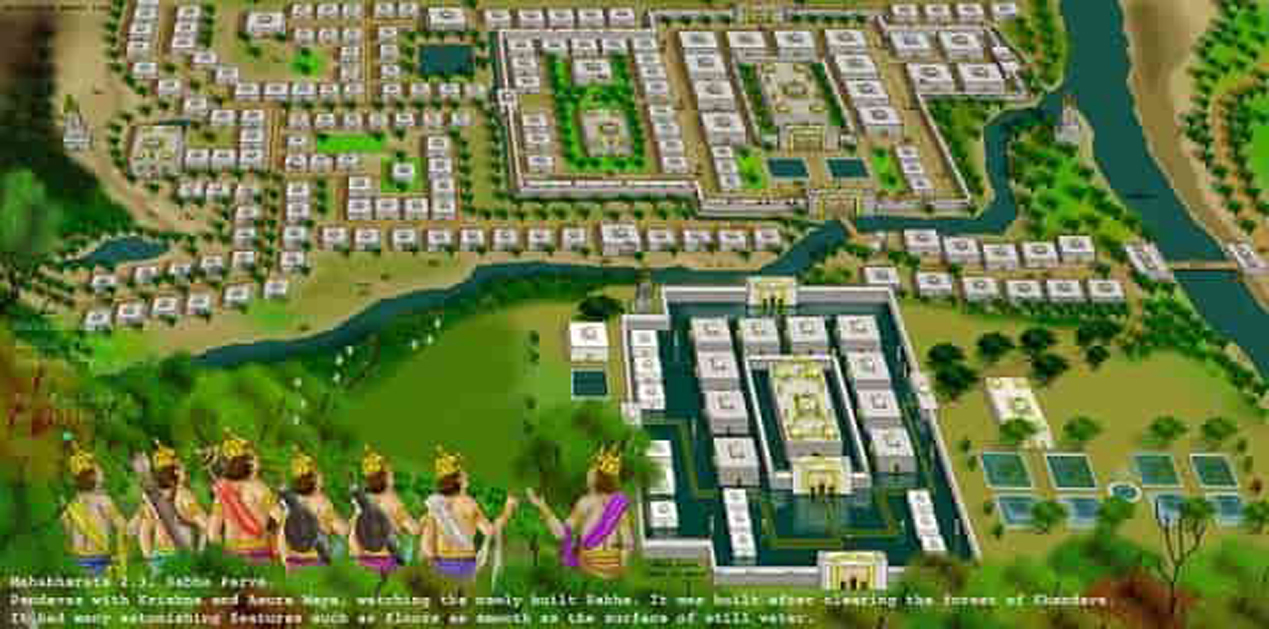
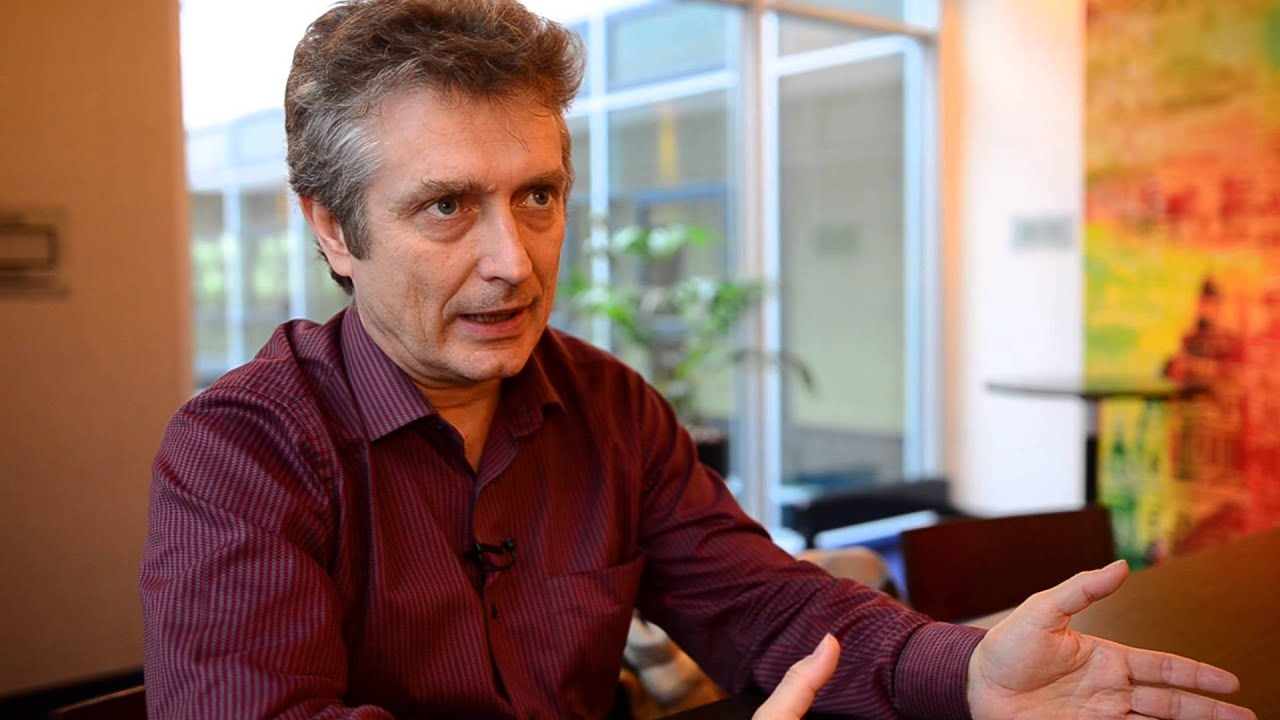

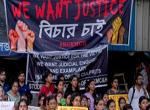


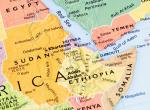

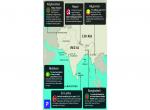
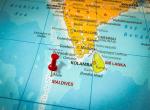
Post new comment